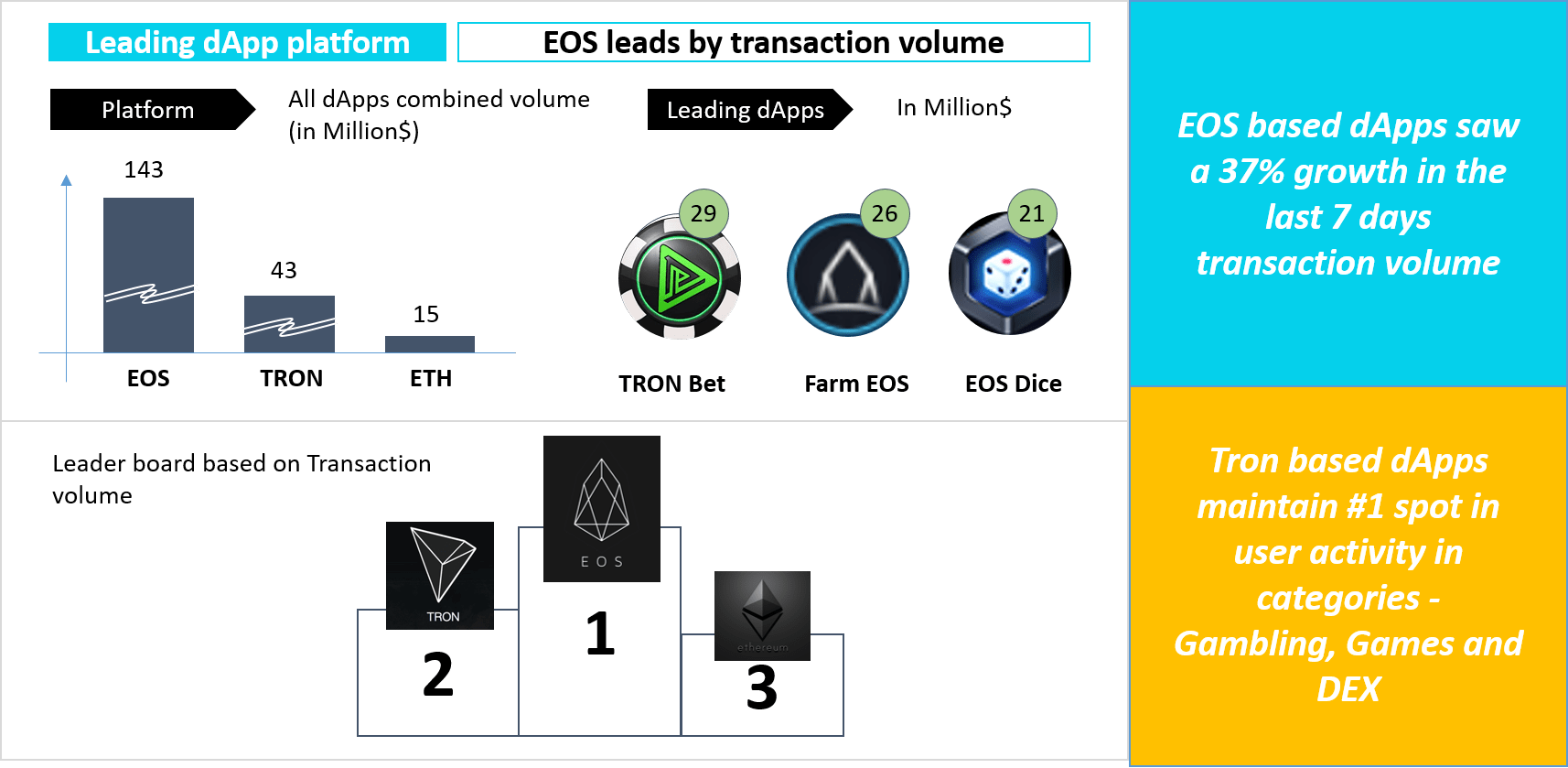Chromapolis: “STOP” or “Start To Open Possibilities”
“Media painted a bright future for decentralized applications for the public, But … “
In reality, Blockchain technology is still in its infant stage and scalability alone is not enough which unfortunately we see targeted nowadays in most new blockchain projects.
To understand real challenges we need to tear down and inspect it piece by piece rather than looking at only 1 or 2 dimensions.
Existing challenges in blockchain:
– How fast you are “Heavy use of one dapp affecting the whole network, remember CryptoKittes”
Blockchain transactions can take a while to process, certainly compared to “traditional” payment systems such as cash or debit cards or centralized applications.
Bitcoin transactions can take long time to finalize, which means there are inherent problems in the idea that you will be able to use them to pay for a cup of coffee in your lunch hour or wait for a couple of seconds or minute to interact with the application whereas in centralized applications it happens in fraction of a second.
– Why am I paying for it “Imagine using your debit card in the store, Do you pay transaction fee ?”
Today for each transaction or interaction, the sender or user of dapp pays a fee which is not the case in most traditional banking or centralized applications.
Why should users of distributed applications pay for every interaction that happens on a given dapp platform? This fee model is not sustainable and limits the mass adoption of dapps usage.
– Difficult to use and build apps “Today’s Blockchain applications are built for tech whizzes who know how to use them rather than common developers”
Takes a long time for common developers to adapt, learn and start coding. Learn just enough to develop “just enough” or most likely code incorrectly.
Ethereum programming model “Solidity”: Making simple mistakes while writing smart contracts in Solidity can cause huge consequences like security breaches or high transactional costs.
Some of the most well-known examples of a poorly executed|coded smart contract are:
– Decentralized Autonomous Organization (DAO) hack — 3.6Million Ether was stolen (Read for more details >> DAO Hack)
– Bug discovered in the smart contract used by Parity, which was exploited and resulted in the loss of 0.5 Million Ether (ETH), worth more than $280 million. (Read for more details >> Parity Bug)
– Not enough features to give the delighted user experience
Current difficulties in building dapps restrict developers to limit their application to the stage of a minimal viable product or just enough “must have” features. Most Blockchain services lack rich features and don’t have a mechanism to encourage the community to contribute to the feature stacks.
“Chromapolis introduces new thinking in its blockchain architecture and programming model”
Chromapolis not only addresses scalability, security concerns in blockchain but also addresses issues like Adaptability, Usability & User acceptability which were ignored by earlier blockchain projects.
Horizontal scaling:
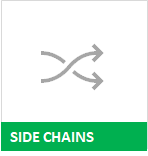
dApps in Chromapolis will be able to have their own blockchain(s) i.e. each dapp will be run in an isolated manner yet will be interconnected [interactions | transfers can happen between different blockchains within Chromapolis].
Slow performance in one dapp will not affect the whole system. Since each blockchain is run by a subset of nodes, it is possible to increase total throughput by increasing the number of nodes.
PBFT style consensus:
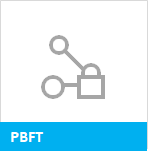
Transactions can be confirmed within seconds. Users of dApps build in Chromapolis will be able to experience real-time user interactivity where confirmations | interactions will be confirmed within ~1 second.
Since each dapp will have its own blockchain, dapps providers can expect transaction rate of more than 500 TPS per sidechain [overall rate in whole system is unlimited] and will have I/O capacity of more than 100k updates | reads per second.
Familiar | easy to adopt programming language:
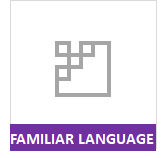
A new language called Rell (Relational language) will be used for dapp programming. Rell language is a combination of relational query language (i.e. SQL in terms of features) with a normal programing language.
It’s similar to modern programming languages like Kotlin, C# and up to 7x more compact than SQL.
For example, in SQL, to refer a rowID for a specific user, developers may write the following syntax: SELECT
Whereas, in Rell, you can do this with
The biggest benefit of this approach is, developers don’t have to go out of their way to learn or experience high learning curve to learn the language. A familiar language is easier to adapt and allows developers to build secure applications with minimal efforts.
Chromapolis internal tests show that programmers can become proficient in Rell in matter of days.
User adoption:
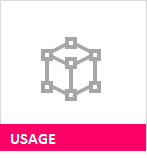
It takes a long time for users to adapt to a new application. When a new user wants to use a dApp, people are generally reluctant to spend money just to try out a new app.
Chromapolis will allocate 25% of tokens for promotional use, to be given to users to try applications hosted on Chromapolis and developers to encourage building dapps in Chromapolis. This will help in building a mainstream user base and ensure the growth of the ecosystem.
Dapps pay:
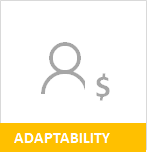
Most users are not ready to pay for every single click or interaction with dapp as is the case in existing blockchain projects. That’s why Chromapolis introduces several fee models keeping users in mind and making wide adoption of dapp usage possible.
Some of the fee models (in total 6) which can be implemented in Chromapolis
Option 1 | Subscription model: user pays a subscription and then can perform actions without additional payments, however, these actions can be rate-limited to prevent abuse. For example, on a Twitter-like
Option 2 | Freemium model: certain action might be performed for free, but other actions might require a paid subscription. The freemium model is very common for internet businesses.
Option 3 | Subsidized model: an application might collect no fees from users, and instead rely on a pre-funded account provided by a sponsor. e.g. the
and 3 more.
Background:
“Chromapolis – A new platform build by ChromaWay for decentralized apps focused on bringing
ChromaWay is incorporating seven years of experience into something which is ready for the future ‘ChromaPolis’. A “colorful city” wheredapps to the mainstream.”dapps can come alive, grow and achieve mainstream adoption.
ChromaWay’s core team created the world’s first protocol to issue tokens already in 2012 when blockchain was called “Bitcoin 2.0”. ChromaWay also introduced the relational model to enterprise blockchains with a consortium database called Post chain. Now post chain is going public as the foundation for Chromapolis, a better blockchain for building decentralized apps.
To know more about Chromapolis: Website | Whitepaper | Telegram

